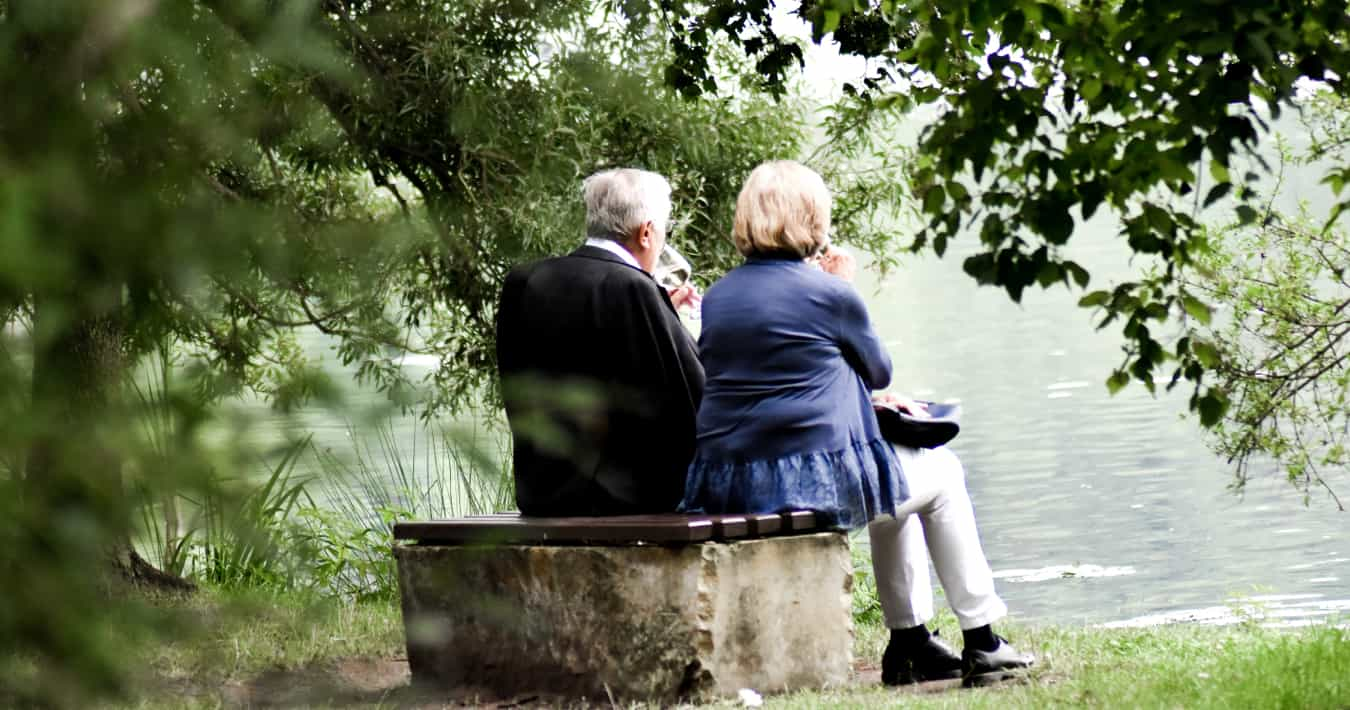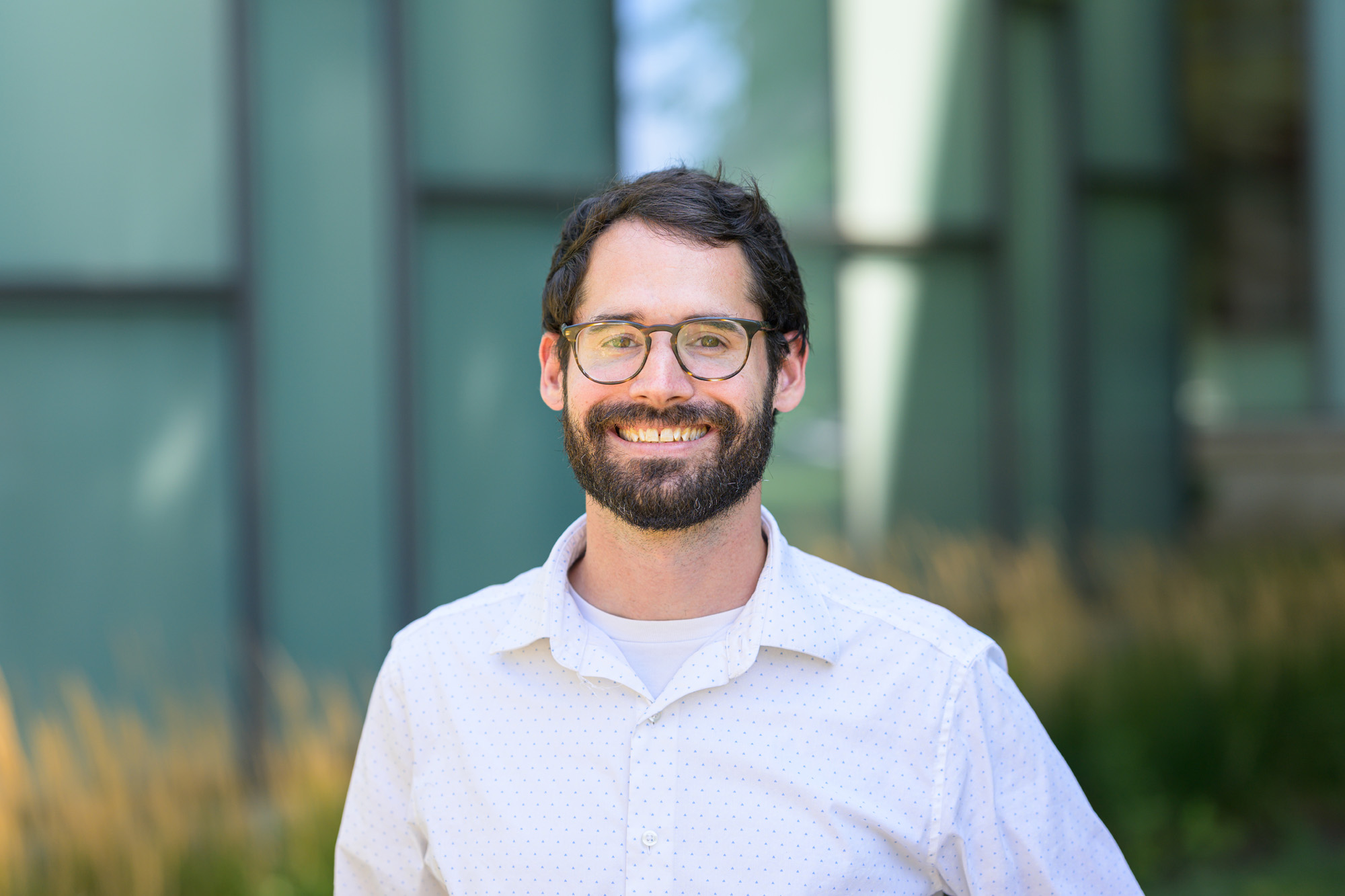The delicate dance of caregiving can be defined by one essential concept
by Adam Felts
Every morning, my 89-year-old grandmother performs an unimaginable feat. She lifts my grandfather out of his bed, all 200 pounds of him, and into his wheelchair, before pushing him into the living room of the house where they’ve lived for sixty years.
How does this tiny quasi-nonagenarian lady in Nashville, Tennessee, perform this feat of strength all by herself? The secret is simple: she isn’t doing it by herself. My grandfather, despite being paralyzed on his left side, uses his remaining capacity to help his wife guide him out of bed and into his chair. And by way of this careful and intimate dance, they are able to keep life going for one more day.
This miracle that my grandparents enact every morning is a reminder of an important aspect of family caregiving: more often than not, it’s a collaboration, a negotiation, a tango. The language we commonly use to talk about caregiving risks elides this fact. The terms ‘caregiver’ and ‘care recipient’ offer the impression of an actor and someone being acted on. But a caregiving relationship always has two actors, even if their roles are not the same.
The importance of understanding this relational aspect of caregiving was at the forefront of a recent AgeLab study on caregiving decision-making – how caregivers and care recipients make decisions about the care recipient’s care.
Research on caregiving sometimes neglects the care recipient’s perspective in favor of the caregiver’s. The AgeLab’s own research is not immune to this weighting of experiences – we typically design studies on caregiving that recruit caregivers as participants, but not their care recipients. Now, there are some good reasons for this: for example, being a caregiver is defined in terms of labor. Some of the work the lab does is concerned with understanding the nature of this labor, and how to potentially alleviate it. That tends to puts the focus on the caregiver, the laborer, rather than the care recipient.
But for this study on decision-making, we talked both to caregivers and their care recipients, because receiving care does not mean that an individual has ceded all agency across all the domains of their life. Further, care recipients, no matter their capacities or needs, always have preferences. In this research, we wanted to explore how caregivers and care recipients in some cases navigated different levels of care recipient agency in making decision, and in other cases how care recipients’ preferences guided the decision-making process.
Decision-making is constant in the caregiving relationship. A caregiver can be entangled in big, momentous decisions with their care recipient, like choosing whether to move into assisted living or whether to give up driving. But decision-making also encompasses the small everyday decisions that make up daily life, like what to eat, what to wear, whether to watch TV, what relatives to visit, and so on.
A key concept that emerged from these interviews connects closely with the idea of caregiving as a collaboration. That concept was autonomy – meaning, in this case, the ability of the care recipient to govern his or her own life. Autonomy arose both as a descriptive feature of the caregiving relationship and as a value for both caregivers and care recipients.
As a descriptive feature of the relationship, the care recipient’s level of autonomy was the defining factor in the decision-making relationship. If the care recipient was minimally autonomous, such as being incapacitated due to Alzheimer’s disease or another dementia, then the caregiver made decisions entirely on their behalf. Conversely, when the care recipient still possessed a high level of autonomy, caregiver and care recipient needed to work together to make decisions.
As a value, autonomy is something that we all care about. We gain autonomy as we enter adulthood and often fight for it in adolescence. Later in life, it is common – although not universal – to lose some autonomy as our capacities decrease.
By relying on a loved one for their care, a care recipient has given up some of his or her autonomy. In some cases, the care recipient is very willing to give up governance over a decision, such as when dealing with a very confusing medical specialist:
“This one young man, a cardiologist, came in: ‘blah, blah, blah, blah.’ I said, ‘Could you do me a favor? If I give you my daughter's phone number, would you call her? Because whatever you're telling me, I have no idea. I'm not getting it.’”
But our study also uncovered that this surrender of autonomy can make the care recipient’s remaining independence all the more valuable. And that value is understood not just by the care recipient, but by the caregiver as well, as one caregiver expressed:
“I can still empower my [relative] to do [things] for herself by providing her information and then being a thought partner. She's capable, and I know that empowerment, especially in a disease like [Parkinson’s], where it's constantly a theft scenario, where every day you're a little bit less, is a key part.”
Caregivers commonly reported wanting to preserve their care recipient’s decision-making independence whenever it could be protected, even in cases when it might have been easier to force a decision unilaterally. Sometimes, that meant being comfortable with allowing the care recipient to make decisions that the caregiver did not agree with, such as remaining in a two-story home with a higher risk of falling, or maintaining an unhealthy diet.
Autonomy makes life more complicated. It means differing opinions, arguments, and compromise. Both caregivers and care recipients in our study had developed strategies to avoid conflict, two of which were often called “picking battles” and “planting seeds”—strategies most of all probably already know in our interpersonal lives.
Picking battles meant choosing to engage in conflict only for the most important differences of opinions, while surrendering on others. One caregiver, for example, gave up trying to influence her care recipient’s diet, deciding that it wasn’t worth the fight and that it was better to give him control over something that he enjoyed:
“His diet is less than admirable, and it does distress me. But since they told me there's few things he enjoys and gets to choose, do we really want to take that away from him? So I've just decided that's not one battle I'm gonna fight.”
Planting seeds referred to suggesting an idea to the other party without pushing it, and waiting for the idea to take hold in their mind or even for them to present it as their own idea. One caregiver was able to convince her husband to stop driving—not by persuading him directly, but through comments that had the effect of helping notice that he was becoming less safe behind the wheel.
In a survey just of caregivers that we conducted in conjunction with our interviews, we found that caregivers tended to report that their care recipients were pretty (if not extremely) stubborn. At the same time, despite the apparent stubbornness of the other party, they tended to report low levels of conflict with their care recipients. One reason for this discrepancy is likely due to the use of the above strategies by caregivers to “get around” their care recipient’s perceived stubbornness. Many of us who are parents, or are married, or have parents, or who just have relationships, can probably relate.
As tricky as all of this navigation of preferences can be, the alternative might actually be harder. Caregivers in situations where the care recipient had lost their autonomy – typically because of dementia – lamented being alone in making decisions for their care recipient. They worried about making choices that their loved one would have objected to if they were able to. The burden of responsibility fell heavily on their shoulders:
“In some ways it's been easy because there was nobody to fight with about it. But in other ways it was hard because there was nobody to fight with about it. You're making decisions for an adult. I don't think we’re trained to do that.”
That brings me back to my grandma and her feat of strength every morning. Their dance isn’t always easy. Sometimes, she and her husband are not in sync, and the bed-to-wheelchair transfer attempt goes sour. Fussing and recrimination ensue. Then they try again. That dynamic of working together and sometimes stepping on each other’s toes repeats itself in many aspects of their relationship, including decision-making. But as they enter into their 90s, they’ve always managed to keep their life going, not despite working together, but because of it. Sometimes it’s hard to work with somebody else. But it’s even harder—or in my grandma’s case, impossible—to do it yourself.

